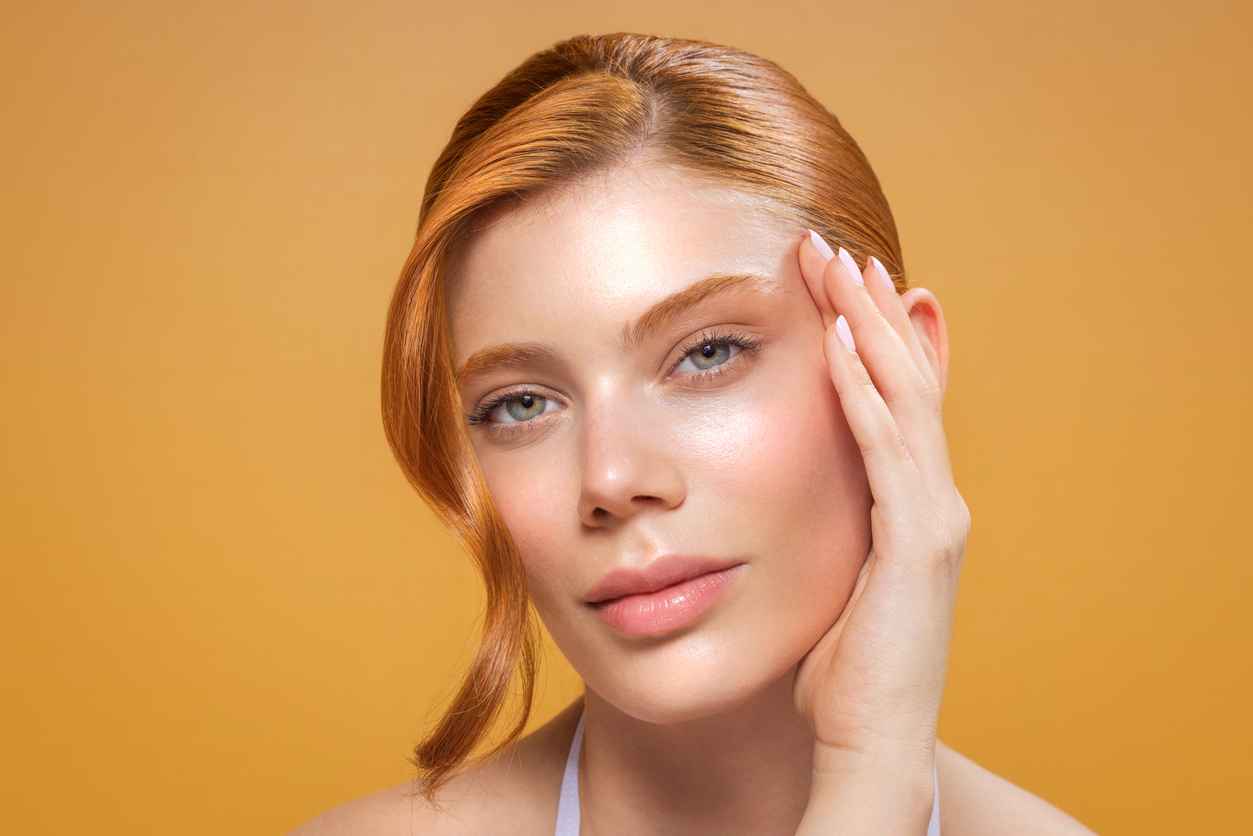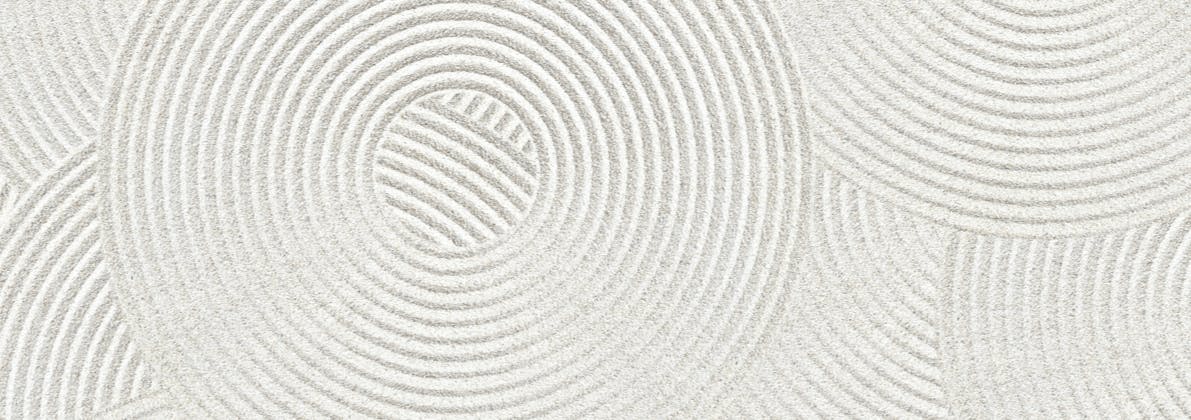
Eyelid surgery, also known as blepharoplasty, is a popular cosmetic and functional procedure designed to rejuvenate the eye area by addressing issues such as drooping eyelids, puffiness, and under-eye bags. This blog will explore the differences between upper and lower eyelid surgery, the techniques used, the expected results, and what makes someone a good candidate for these procedures.
Differences Between Upper and Lower Eyelid Surgery
While both surgeries aim to enhance the appearance and functionality of the eyes, upper and lower eyelid surgeries address different concerns:
Upper Eyelid Surgery
- Purpose: Primarily focuses on removing excess skin and fat from the upper eyelid, often to improve vision and reduce the appearance of hooded or droopy eyelids.
- Issues Addressed:
- Excessive skin that obscures the natural fold of the upper eyelid.
- Fatty deposits create puffiness.
- Sagging that may impair peripheral vision.
- Procedure: Involves an incision made within the natural crease of the upper eyelid, ensuring a discreet scar. Skin, muscle, and sometimes fat are removed or repositioned.
Lower Eyelid Surgery
- Purpose: Focuses on reducing puffiness, under-eye bags, and sagging skin beneath the eyes for a smoother and more youthful appearance.
- Issues Addressed:
- Bags under the eyes caused by fat prolapse.
- Fine lines and wrinkles in the lower eyelid area.
- Hollowing or dark circles under the eyes.
- Procedure: Involves an incision just below the lash line or inside the lower eyelid (transconjunctival approach). Fat may be removed, repositioned, or added for a more harmonious appearance.
Techniques Used in Eyelid Surgery
Upper Eyelid Surgery Techniques
1. Traditional Blepharoplasty:
- Excess skin and fat are removed.
- Often combined with a brow lift for enhanced results if brow sagging is also present.
2. Muscle Tightening:
- Involves tightening the levator muscle to correct eyelid drooping (ptosis repair).
3. Fat Repositioning:
- Instead of removing fat, it is redistributed to achieve a more youthful contour.
Lower Eyelid Surgery Techniques
1. Transcutaneous Approach:
- An incision is made just below the lash line.
- Allows for removal or repositioning of fat and skin tightening.
2. Transconjunctival Approach:
- Incisions are made inside the lower eyelid.
- Suitable for patients who need fat removal or repositioning without excess skin removal.
- Leaves no external scar.
3. Fat Grafting or Filler Use:
- Fat from another part of the body or dermal fillers can be used to fill hollow areas and reduce dark circles.
Expected Results
Upper Eyelid Surgery Results
- A more alert, youthful, and rested appearance.
- Improved peripheral vision (if impaired by sagging skin).
- Natural-looking results with incisions hidden in the eyelid crease.
Lower Eyelid Surgery Results
- Reduction in under-eye bags and puffiness.
- Smoother under-eye contours.
- A brighter, refreshed appearance without the "tired" look.
Recovery Process
The recovery process for both upper and lower eyelid surgeries shares similarities but varies slightly due to procedural differences.
Upper Eyelid Surgery Recovery
- Timeline: Initial recovery takes about 1-2 weeks, with full healing over several months.
- Swelling and Bruising: Peaks within the first few days and gradually subsides.
- Pain: Generally mild and manageable with over-the-counter pain relievers.
- Vision: Blurry vision or dry eyes may occur temporarily.
- Sutures: Removed after 5-7 days.
Lower Eyelid Surgery Recovery
- Timeline: Slightly longer than upper eyelid surgery, with noticeable improvement in 2-3 weeks.
- Swelling and Bruising: Can be more pronounced, particularly with transcutaneous techniques.
- Sensitivity: The lower eyelid area may feel tight or numb initially.
- Results: Continue to improve as swelling subsides over several months.
What Makes Someone a Good Candidate?
The ideal candidate for upper or lower eyelid surgery shares the following traits:
Upper Eyelid Surgery Candidates:
- Excess upper eyelid skin that impairs vision or creates a "hooded" look.
- Puffy upper eyelids are caused by fat deposits.
- Generally healthy and without serious eye conditions.
Lower Eyelid Surgery Candidates:
- Prominent under-eye bags or puffiness.
- Wrinkles or sagging skin beneath the eyes.
- Hollowing or dark circles due to volume loss.
Key Considerations Before Surgery
Patients considering eyelid surgery should:
- Discuss Goals: Ensure their expectations are realistic and aligned with the achievable outcomes.
- Understand Risks: Be aware of potential complications, such as dry eyes, scarring, or asymmetry.
- Choose the Right Surgeon: Seek a board-certified facial plastic surgeon with extensive experience in eyelid surgery.
- Commit to Recovery: Follow post-operative instructions diligently for optimal results.
Ensuring Safety and Success
Eyelid surgery is generally safe, but careful planning and skilled execution are essential. Patients should:
- Disclose all medical conditions and medications to their surgeon.
- Avoid smoking, as it impairs healing.
- Use cold compresses and prescribed eye drops post-surgery to minimize swelling and dryness.
Final Thoughts
Eyelid surgery can significantly enhance both aesthetics and functionality, offering patients a refreshed and rejuvenated look. Whether addressing upper eyelid sagging or under-eye bags, understanding the differences, techniques, and recovery process is crucial. By working with a qualified surgeon and following post-operative care, patients can achieve natural and lasting results that brighten their appearance and confidence.


